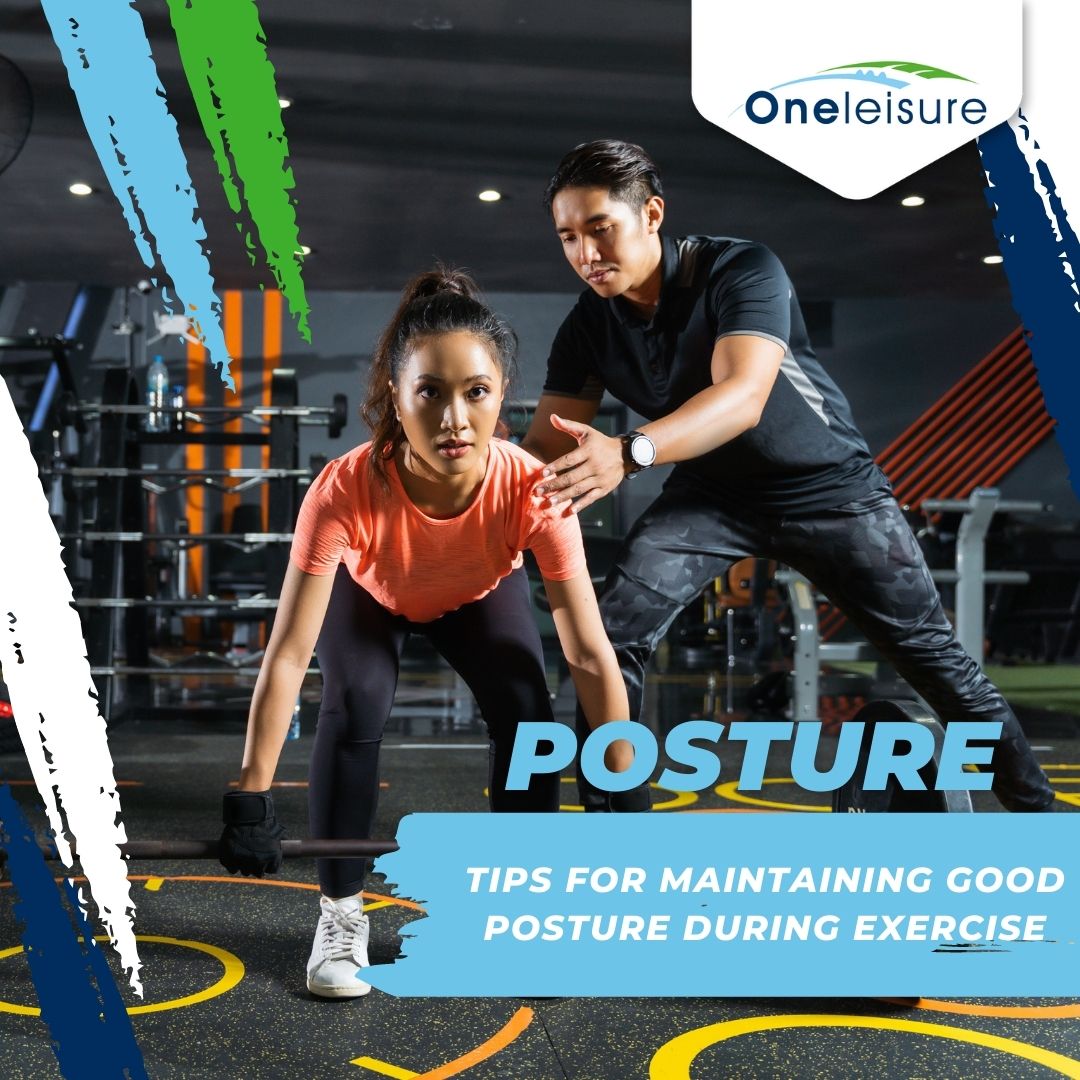
Tips for maintaining good posture during exercise
It can sometimes feel like hard work to maintain good posture when going about our daily tasks, but particularly so when exercising. It is, however, really important to ensure a good posture when working out as it can help to reduce the risk of muscle and joint strains, falls and injuries.
When we exercise we often put our bodies into lots of different positions and overload them using weights or increasing intensity or speed of movements, which can lead to injury if not performed correctly. Good posture throughout is therefore crucial.
According to Michigan State University Extension, these are the most important recommendations to take into account in terms of correct posture and form whilst exercising:
- Your neck should remain in line with your spine
- Align your chin, neck and ears over the shoulders
- Keep your back straight
- Shoulders should be back, relaxed and down
- Don’t lock your knees, relax them
- The pelvis should be slightly tucked under while pulling your belly button back towards your spine
It can be useful to run through this checklist in your mind each time you start to perform an exercise – using mirrors may also be helpful in this situation to allow you to see what you are doing.
Good posture can reduce the occurrence of injuries – sometimes injuries or pain can be a direct result of poor posture. It also allows muscles to be used as they are intended thereby increasing energy levels and reducing fatigue. By standing more upright with the spine in a neutral position, the lungs will not be compressed, meaning lung capacity may be increased which can improve your breathing. Proper body alignment can improve blood flow which can have a positive effect on circulation and digestion.
Certain exercises can help to strengthen the muscles that are particularly important for maintaining a good posture. Increasing our core strength and strengthening the muscles in our back may be especially helpful. Consult a fitness professional regarding specific exercises and how to perform these correctly in order to ensure good form and improve posture.
Disclaimer: The content of this page is not intended to be a substitute for professional medical advice, diagnosis or treatment. Always seek the advice of your physician with any questions you may have regarding a medical condition. References are available on request.